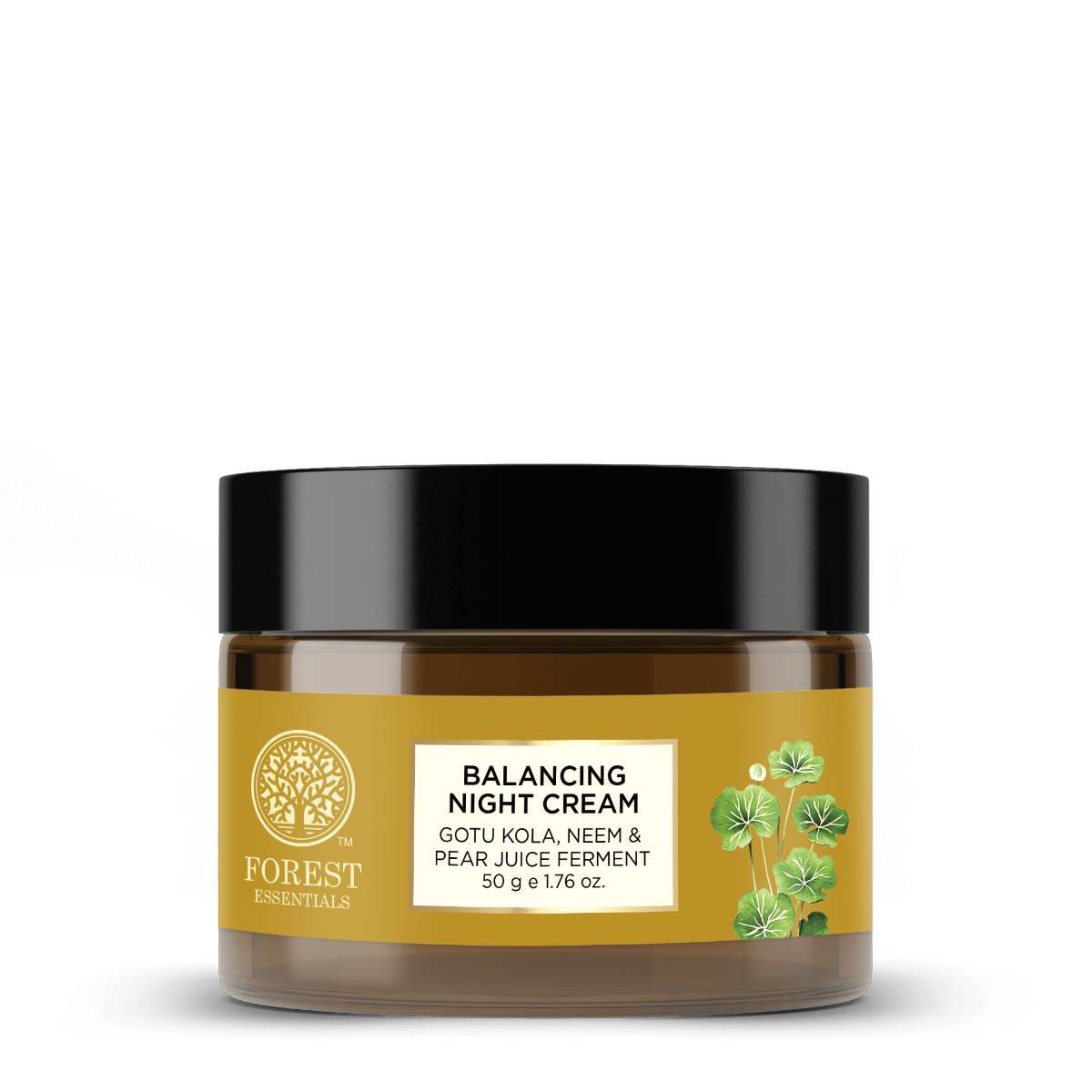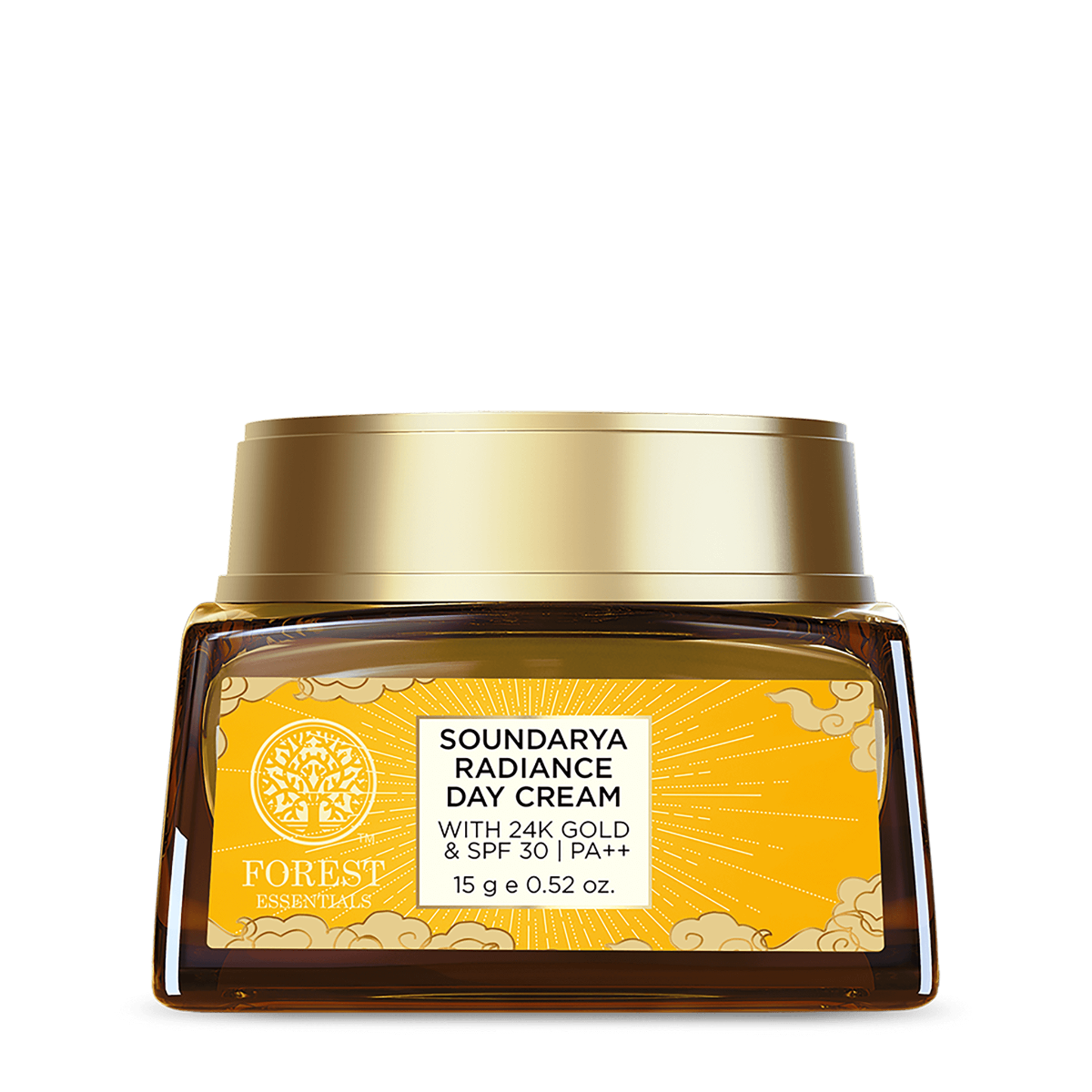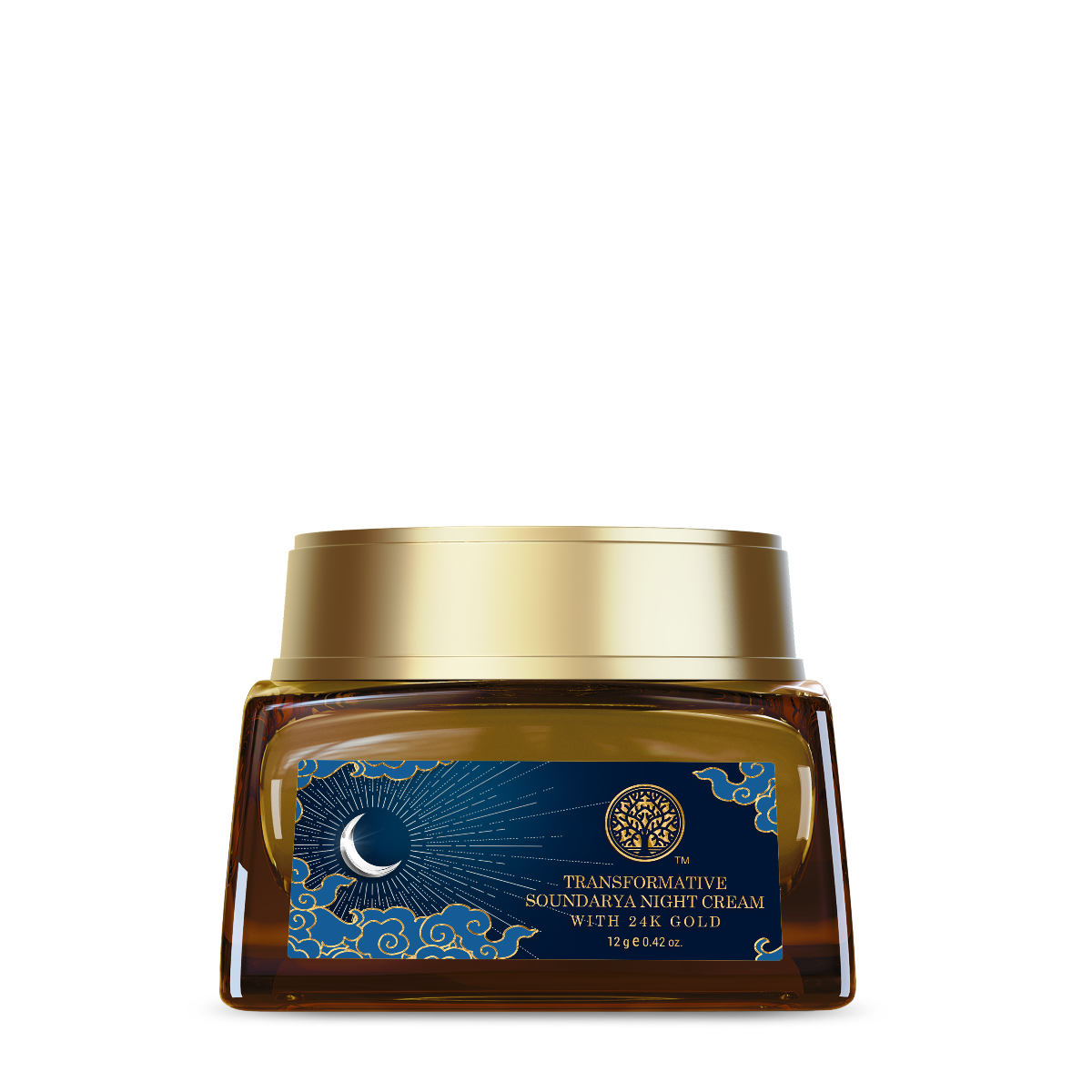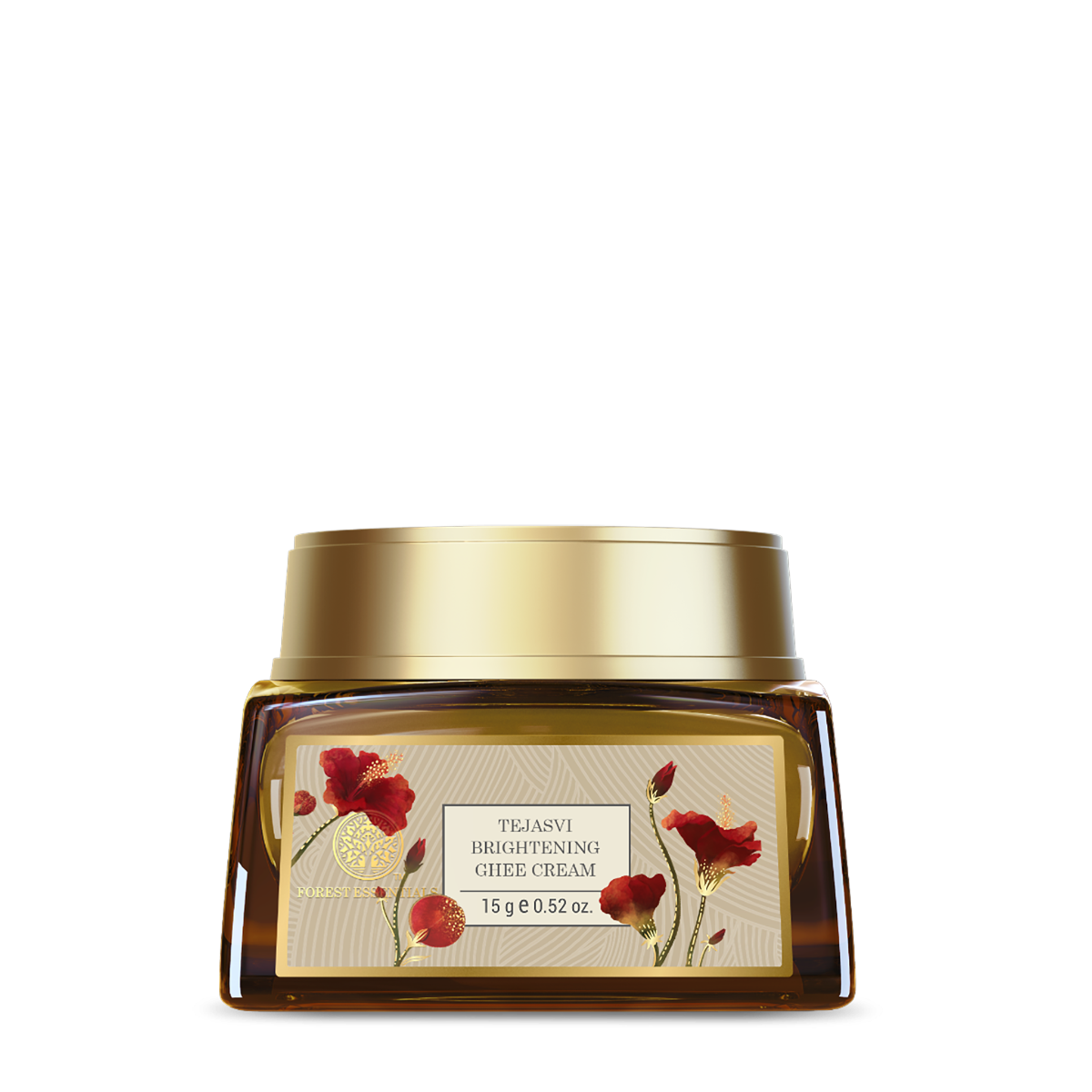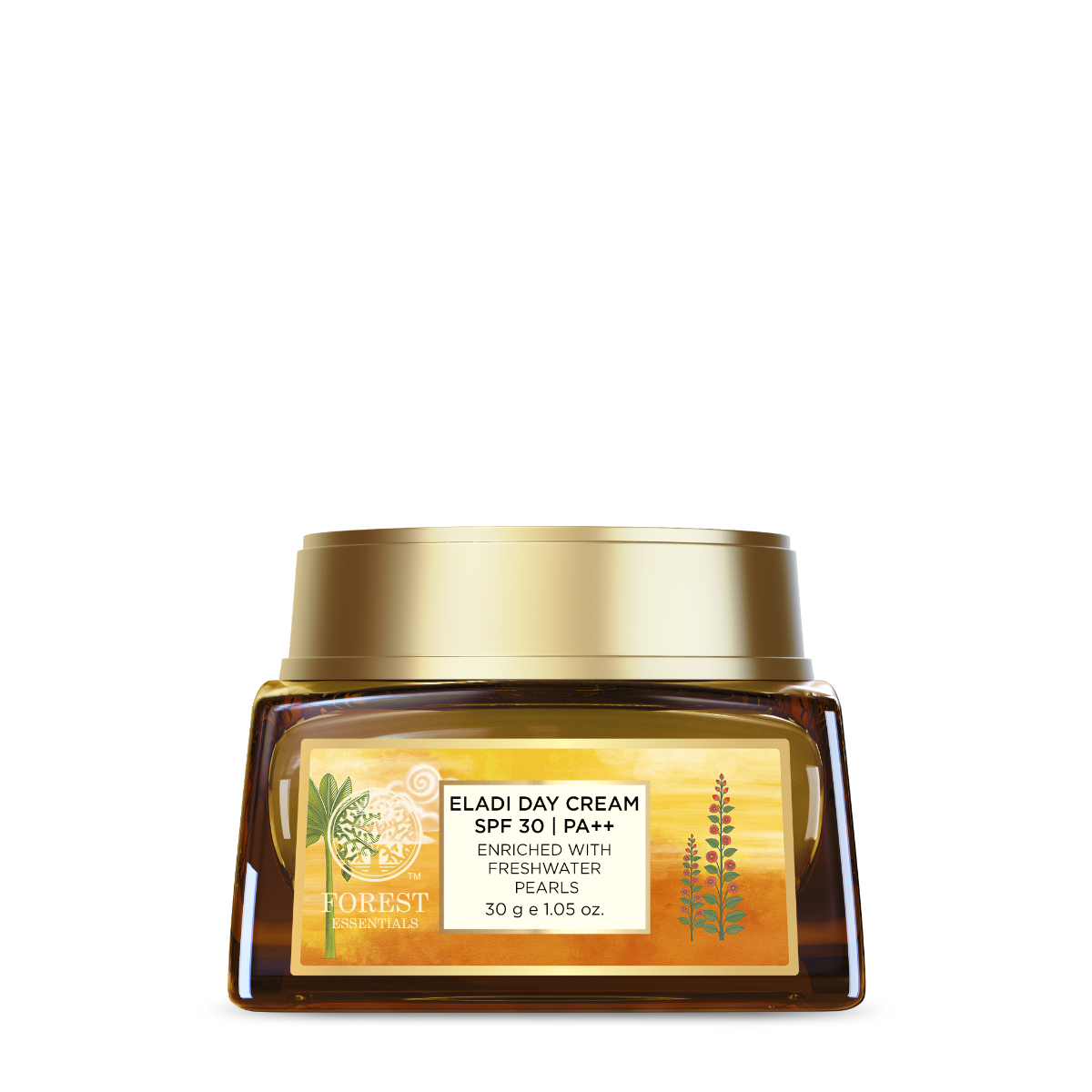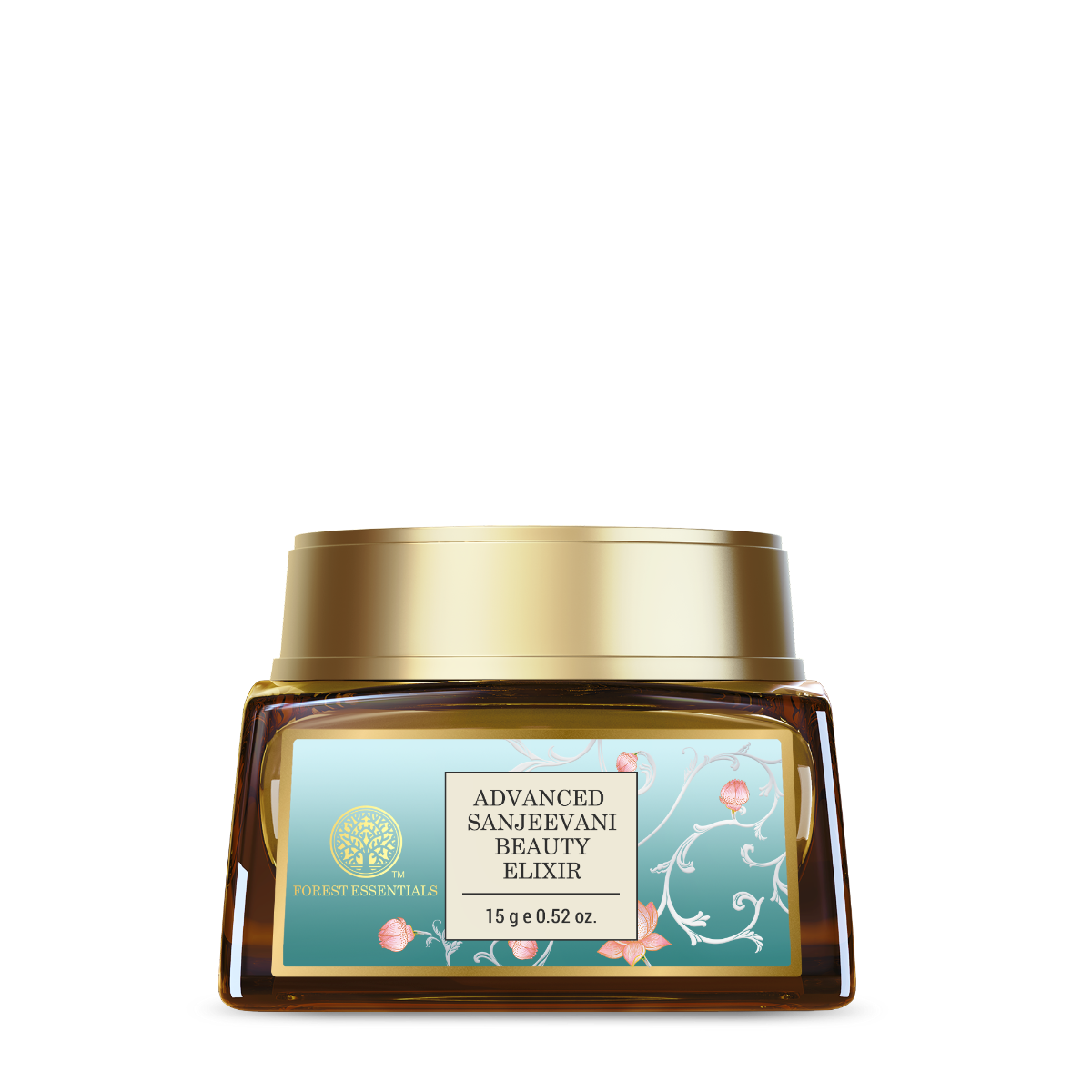Back when we were growing up, our mother’s vanity wasn’t an elaborate one filled with the latest beauty products and fancy skincare routines. Instead, it was a modest yet cherished collection of trusted beauty staples.
You’d often find here a trusty moisturiser that did the job, a deep-pigmented kohl to enhance the eyes, a flattering shade of lipstick that was all-occasion friendly, a perfume bottle that she used sparingly, and a small, unassuming bottle of a viscous, transparent liquid labelled “Glycerin“.
While glycerin might not be the current trending ingredient, but our mothers certainly knew the multiple benefits of glycerin for the face. In this blog, we’ll explain why this simple ingredient could be the answer to all your skin’s hydration woes, giving you that dreamy “glass skin” you’ve always wanted.
What is Glycerin?

Glycerin, also known as glycerol, is a clear, plant-derived liquid renowned for its exceptional moisturising properties in skincare. It is primarily derived from plant oils, such as Palm, Soy, or Coconut Oil, making it a natural and gentle choice for your skin. Glycerin for skin, is known for its humectant properties, which means it has the remarkable ability to attract moisture and lock it in.
Why Use Glycerin for Face?

Glycerin has earned its reputation as a “hydration hero” due to its remarkable ability to help the skin retain moisture, even in low humidity conditions. Glycerin stands out for its ability to draw water into the skin from both the deeper layers and the surrounding air, resulting in a smoother appearance. Moreover, it plays a vital role in supporting the skin’s natural barrier function and enhancing the activity of aquaporins, proteins responsible for regulating hydration in the upper layers of the skin.
Glycerin not only prevents water loss from the skin but also facilitates the nourishing and reparative action of the skin’s natural oils. Glycerin’s penetration extends down to the dermis layer, drawing moisture to the surface, resulting in plumper and deeply hydrated skin from within.
Glycerin Benefits for Skin

Glycerin doesn’t just do one thing – it does many things, and it does them exceptionally well. Read on to discover the multiple benefits of glycerine for the skin.
Moisture Retention & Deep Hydration
Glycerin’s primary function is to keep your skin hydrated. It acts like a sponge, drawing water molecules from the air and deeper layers of your skin, ensuring it remains well-moisturised and hydrated.
Strengthening the Skin Barrier
Glycerin helps strengthen your skin’s natural protective barrier. This barrier is essential for maintaining healthy skin and preventing water loss. A strong barrier keeps your skin soft, smooth, and protected from environmental stressors.
Soothes & Heals
Glycerin is kind to your skin, making it suitable for all skin types, including sensitive ones. It soothes irritation and aids in the healing of minor skin issues like cuts and nicks.
Brighter Skin
Glycerin has a mild bleaching effect, helping to fade dark spots and pigmentation over time. This makes your skin look more even-toned and brighter.
Fights the Signs of Ageing
Glycerin helps combat the signs of ageing by moisturising the skin, reducing the visibility of fine lines and wrinkles, and enhancing skin elasticity.
Glycerine Uses for Skin

Glycerine as a Moisturiser
Glycerin can be used as a standalone moisturiser to combat dryness and maintain skin hydration. But make sure to dilute it before applying. This is because undiluted glycerin, in its pure form, can be too concentrated and may feel sticky on the skin and, in some rare cases, may lead to irritation. Diluting it with Rose Water makes it lighter, more comfortable to apply, and still highly effective in keeping your skin hydrated.
Mix it with Other Products
Glycerin, with its superior hydrating abilities, is a potent ally when mixed with your favourite creams, lotions, and serums. By introducing glycerin into these products, you’re essentially boosting their moisturising prowess. This means that your skincare routine becomes a customised powerhouse, delivering not only the benefits of your chosen products but also the intensified hydration and skin-smoothing qualities that glycerin brings to the mix.
In DIY Skincare Recipes
Adding glycerin to your homemade skincare recipes works wonders in keeping your skin revitalised and well-hydrated. This easy tweak can significantly enhance the effectiveness of your DIY masks, leaving your skin feeling refreshed and at its best.
Simple Glycerine DIY recipes for facial cleansers:
- Mix 1 tsp of glycerin with 3 tsp of raw milk and apply and gently massage it on your face, and then rinse it off with water. It will gently cleanse the face without stripping off the natural moisture of the skin. This cleanser can replace the expensive chemical-based cleansing milk.
- Mix ½ tsp of glycerin and 1 tsp of corn starch and use this paste as a facial cleanser to wash your face. Glycerin gently removes the oils, dirt, and makeup from the skin.
FAQs
Is glycerin good for the skin?
Glycerin is a non-comedogenic and skin-friendly humectant that helps protect the skin from dehydration. It is an excellent choice for maintaining skin hydration, particularly in conditions like rosacea, acne, and eczema. However, individuals with acne-prone and oily skin should use it sparingly, as it may make them feel greasy.
Can we apply glycerin directly on the face?
It is advisable to dilute glycerin with Rose water before applying it to your face. Avoid applying a thick layer of undiluted glycerin directly to your face, as its high viscosity can attract dirt, dust, and pollution, potentially leading to more breakouts.
Can I leave glycerin on my face overnight?
Yes, we can apply glycerin on the face overnight. It is an excellent humectant that locks the moisture in, providing continuous hydration to the skin while we sleep.
How do you use glycerin for skin care?
Glycerin is a versatile skincare ingredient that can be diluted with rose water for use as a moisturiser or added to your lotion for extra hydration. It’s also a fantastic addition to DIY skincare recipes, allowing you to customise your skincare routine.
References
https://www.vogue.in/beauty/content/the-good-bad-and-ugly-about-glycerine
https://www.thelist.com/179267/what-are-the-real-benefits-of-glycerin-beauty-products/
https://www.harpersbazaar.com/beauty/skin-care/a42745031/glycerin-for-skin-benefits-explained/





